![超对称和弦论(英文版) [Supersymmetry and String Theory]](https://pic.windowsfront.com/10184594/e5b89bc9-3b3b-4fad-8861-ede9b682c51f.jpg)

具体描述
编辑推荐
此版本仅限中华人民共和国境内销售,不包括香港、澳门特别行政区及中国台湾。不得出口。内容简介
The Standard Model has reigned triumphant for three decades. For just as long,theorists and experimentalists have speculated about what might lie beyond. Manyof these speculations point to a particular energy scale, the teraelectronvolt (TeV)scale which will be probed for the first time at the LHC. The stimulus for thesestudies arises from the most mysterious - and still missing - piece of the StandardModel: the Higgs boson. Precision electroweak measurements strongly suggest thatthis particle is elementary (in that any structure is likely far smaller than its Comptonwavelength), and that it should be in a mass range where it will be discovered at theLHC. But the existence of fundamental scalars is puzzling in quantum field theory,and strongly suggests new physics at the TeV scale. Among the most prominentproposals for this physics is a hypothetical new symmetry of nature, supersymmetry,which is the focus of much of this text. Others, such as technicolor, and large orwarped extra dimensions, are also treated here.内页插图
目录
PrefaceA note on choice ofmetric
Text website
Part 1 Effective field theory:the Standard Model,supersymmetry,unification
1 Before the Standard Model
Suggested reading
2 The Standard Model
2.1 Yan9—Mills theory
2.2 Realizations of symmetry in quantum field theory
2.3 The quantization of Yan9—Mills theories
2.4 The particles and fields of the Standard Model
2.5 The gauge boson masses
2.6 Quark and lepton masses
Suggested reading
Exercises
3 Phenomenology of the Standard Model
3.1 The weak interactions
3.2The quark and lepton mass matrices
3.3 The strong interactions
3.4The renormalization group
3.5 Calculating the beta function
3.6The strong interactions and dimensional transmutation
3.7 Confinement and lattice gauge theory
3.8 Strong interaction processes at high momentum transfer.
Suggested reading
Exercises
4 The Standard Model as an effective field theory
4.1Lepton and baryon number violation’
4.2 Challenges for the Standard Model
4.3 The hierarchy problem
4.4Dark matter and dark energy
4.5 Summary:successes and limitations of the
Standard Model
Suggested reading
5 Anomalies,instantons and the strong CP problem
5.1 The chiral anomaly
5.2 A two-dimensional detour
5.3 Real QCD
5.4 The strong CP problem
5.5 Possible solutions of the strong CP problem
Suggested reading
Exercises
6 Grand unification
6.1 Cancellation of anomalies
6.2 Renormalization of couplings
6.3 Breaking to SU(3)×SU(2)×U(1)
6.4 SU(2)×U(1)breaking
6.5 Charge quantization and magnetic monopoles
6.6Proton decay
6.7 Other groups
Suggested reading
Exercises
7 Magnetic monopoles and solitons
7.1 Solitons in 1+1 dimensions
7.2 Solitons in 2+1 dimensions:strings or vortices
7.3 Magnetic monopoles
7.4 The BPS limit’
7.5 Collective coordinates for the monopole solution
7.6 The Witten effect:the electric charge in the presence of θ
7.7 Electric—magnetic duality
Suggested reading
Exercises
8 Technicolor:a first attempt to explain hierarchies
8.1 QCD in a world without Higgs fields
8.2 Fermion masses:extended technicolor
8.3 Precision electroweak measurements
Suggested reading
Exercises
Part 2 Supersymmetry
9 Supersymmetry
9.1 The supersymmetry algebra and its representations
9.2 Superspace
9.3 N —— 1 Lagrangians
9.4 The supersymmetry currents
9.5 The ground-state energy in globally supersymmetric theories
9.6 Some simple models
9.7 Non-renormalization theorems
9.8 Local supersymmetry: supergravity
Suggested reading
Exercises
10 A first look at supersymmetry breaking
10.1Spontaneous supersymmetry breaking
10.2The goldstino theorem
10.3Loop corrections and the vacuum degeneracy
10.4Explicit, soft supersymmetry breaking
10.5Supersymmetry breaking in supergravity models
Suggested reading
Exercises
11 The Minimal Supersymmetric Standard Model
11.1Soft supersymmetry breaking in the MSSM
11.2SU(2)U(I) breaking
11.3Why is one Higgs mass negative?
11.4Radiative corrections to the Higgs mass limit
11.5Embedding the MSSM in supergravity
11.6The#term
11.7Constraints on soft breakings
Suggested reading
Exercises
12 Supersymmetric grand unification
12.1A supersymmetric grand unified model
12.2Coupling constant unification
12.3Dimension-five operators and proton decay
Suggested reading
Exercises
13 Supersymmetric dynamics
13. l Criteria for supersymmetry breaking: the Witten index
13.2 Gaugino condensation in pure gauge theories
13.3 Supersymmetric QCD
13.4 Nf < N: anon-perturbative superpotential
13.5 The superpotential in the case Nf < N - 1
13.6 Nf = N - 1 : the instanton-generated superpotential
Suggested reading
Exercises
14 Dynamical supersymmetry breaking
14.1 Models of dynamical supersymmetry breaking
14.2 Particle physics and dynamical supersymmetry breaking
Suggested reading
Exercises
15 Theories with more than four conserved supercharges
15.1 N = 2 theories: exact moduli spaces
15.2 A still simpler theory: N ———— 4 Yang-Mills
15.3 A deeper understanding of the BPS condition
15.4 Seiberg-Witten theory
Suggested reading
Exercises
16 More supersymmetric dynamics
16.1 Conformaily invariant field theories
16.2 More supersymmetric QCD
16.3 Nf = Ne
16.4 Nf>N+I
16.5 Nf > 3/2N
Suggested reading
Exercises
17 An introduction to general relativity
17.1 Tensors in general relativity
17.2 Curvature
17.3 The gravitational action
17.4 The Schwarzschild solution
17.5 Features of the Schwarzschiid metric
17.6 Coupling spin0rs to gravity
Suggested reading
Exercises
18 Cosmology
18.1 A history of the universe
……
Part 3 String theory
Part 4 The appendices
References
Index
精彩书摘
The strong interactions, as their name implies, are characterized by strong cou-pling. As a result, perturbative methods are not suitable for most questions. Incomparing theory and experiment, it is necessary to focus on a few phenomenawhich are accessible to theoretical analysis. By itself, this is not particularly dis-turbing. A parallel with the quantum mechanics of electrons interacting with nucleiis perhaps helpful. We can understand simple atoms in detail; atoms with verylarge Z can be treated by Hartree-Fock or other methods. But atoms with inter-mediate Z can be dealt with, at best, by detailed numerical analysis accompaniedby educated guesswork. Molecules are even more problematic, not to mentionsolids. But we are able to make detailed tests of the theory (and its extensionin quantum electrodynamics) from the simpler systems, and develop qualitativeunderstanding of the more complicated systems. In many cases, we can do quanti-tative analysis of the small fluctuations about the ground states of the complicatedsystem.In the theory of strong interactions, as we will see, many problems are hopelesslycomplicated. Low-lying spectra are hard; detailed exclusive cross sections in high-energy scattering essentially impossible. But there are many que~stions we cananswer. Rates for many inclusive questions at very high energy and momentumtransfer can be calculated with high precision. Qualitative features of the low lyingspectrum of hadrons and their interactions at low energies can be understood in aqualitative (and sometimes quantitative) fashion by symmetry arguments. Recently,progress in lattice gauge theory has made it possible to perform calculations whichpreviously seemed impossible, for features of spectra and even for interaction ratesimportant for understanding the weak interactions.
前言/序言
As this is being written, particle physics stands on the threshold of a new era, withthe commissioning of the Large Hadron Collider (LHC) not even two years away.In writing this book, I hope to help prepare graduate students and postdoctoralresearchers for what will hopefully be a period rich in new data and surprisingphenomena.The Standard Model has reigned triumphant for three decades. For just as long,theorists and experimentalists have speculated about what might lie beyond. Manyof these speculations point to a particular energy scale, the teraelectronvolt (TeV)scale which will be probed for the first time at the LHC. The stimulus for thesestudies arises from the most mysterious - and still missing - piece of the StandardModel: the Higgs boson. Precision electroweak measurements strongly suggest thatthis particle is elementary (in that any structure is likely far smaller than its Comptonwavelength), and that it should be in a mass range where it will be discovered at theLHC. But the existence of fundamental scalars is puzzling in quantum field theory,and strongly suggests new physics at the TeV scale. Among the most prominentproposals for this physics is a hypothetical new symmetry of nature, supersymmetry,which is the focus of much of this text. Others, such as technicolor, and large orwarped extra dimensions, are also treated here. Even as they await evidence for such new phenomena, physicists have becomemore ambitious, attacking fundamental problems of quantum gravity, and specu-lating on possible final formulations of the laws of nature. This ambition has beenfueled by string theol., which seems to provide a complete framework for thequantum mechanics of gauge theory and gravity. Such a structure is necessary togive a framework to many speculations about beyond the Standard Model physics.Most models of supersymmetry breaking, theories of large extra dimensions, andwarped spaces cannot be discussed in a consistent way otherwise.
用户评价
我花了很长时间才决定入手这本书,主要原因是我对这个领域已经有了一定的背景知识,但总感觉在某些核心概念的理解上还不够连贯和深入。读完前几章后,我发现作者在构建理论框架时的那种耐心和清晰度简直是教科书级别的典范。他没有那种急于展示复杂数学公式的倾向,而是非常注重先用直观的物理图像和类比来铺陈概念的基础,这一点对于我这种试图在脑海中构建三维或更高维度模型的读者来说,简直是太友好了。很多我之前一直感到模糊的“跳跃点”,在这本书里被非常平滑地衔接了起来,就好像原本支离破碎的拼图,突然有了一条清晰的指引线。我特别欣赏他处理历史脉络的方式,把不同流派的观点、争论的焦点,都梳理得井井有条,让读者能真正理解这些理论是如何一步步演变和成熟起来的,而不是仅仅背诵结论。
评分从排版和校对的角度来看,这本书体现了出版方对学术严谨性的极致追求。我仔细检查了几个关键的公式推导部分,无论是下标、希腊字母的书写还是公式的对齐,都无可挑剔,这在涉及如此精密物理学的书籍中是至关重要的。印刷清晰度极高,即便是最小的符号也锐利无比,这极大地减轻了长时间阅读带来的视觉疲劳。而且,书后的索引和参考文献列表做得非常详尽,为我后续进行更深层次的研究提供了非常可靠的导航图。我尤其欣赏它在章节末尾设置的“思考题”或“延伸阅读提示”,这些小小的引导,既是对本章内容的巩固,也有效地激励读者去探索更前沿或更侧重于某一特定方向的文献。总而言之,这是一部在各个层面上都达到了工业级标准的杰出作品。
评分坦白地说,这本书的阅读体验并非一帆风顺,它对读者的专注度要求极高。我发现自己必须时刻保持警惕,稍微走神,就可能错过一个至关重要的逻辑转折点。特别是涉及到某些高阶的群论和几何结构的部分,我不得不频繁地停下来,拿出另一本辅助读物来回顾一些基础的数学工具。这并不是说作者的阐述有问题——恰恰相反,是原著的密度实在太高了。它更像是一份顶级的“知识浓缩液”,你不能期望一口气把它喝完,而是需要小口慢品,让每一个分子都充分溶解在你的理解体系中。我常常在读完一个章节后,需要放下书本,在房间里踱步至少十分钟,努力消化那些涉及时空本质的颠覆性观点。这更像是一场智力上的马拉松,而不是轻松的散步,但这种挑战带来的成就感,是其他轻松读物无法比拟的。
评分对于那些对哲学和宇宙论抱有强烈好奇心的非专业读者,这本书提供了一个绝佳的窗口。虽然其中必然涉及到大量的数学表达,但作者巧妙地将这些数学语言视为描述自然界深层规律的“语言本身”,而不是单纯的障碍。他成功地将抽象的概念,比如紧致化、拓扑性质,与我们对引力、粒子相互作用的直观理解联系起来。我感觉自己仿佛获得了一副“透视镜”,能更清晰地看到物质世界表象之下的基本规则是如何运作的。我甚至开始用一种全新的视角去看待日常生活中遇到的对称性问题,比如晶体的排列、甚至某些自然图案的美感,都能从中找到理论上的根源。它极大地拓宽了我对“可能世界”的想象边界,让人类中心主义的视角受到了有益的冲击。
评分这本书的封面设计简直是视觉上的享受,那种深邃的蓝和宇宙星云般的紫色交织在一起,一下子就把人带入了一个充满神秘和无限可能性的领域。我第一次在书店里看到它时,光是盯着封面的那一刻,就仿佛能感受到那些超越我们日常经验的维度在向我招手。它不是那种死板的教科书封面,而是充满了艺术感和哲学思辨的张力,让人忍不住想一探究竟。装帧的质感也极其出色,拿在手里沉甸甸的,那种扎实的触感,让人对内页的知识密度充满了期待。我甚至特意找了一个光线柔和的角落,小心翼翼地翻开扉页,那一瞬间,我对即将开始的阅读旅程充满了敬畏和兴奋。这绝对是一本可以放在书架上炫耀的“硬货”,不仅仅是因为它内容的深度,更是因为它在美学上传达出的那种对终极真理的追求。它不仅仅是一本书,更像是一件精心打磨的艺术品,是对现代物理学前沿最优雅的致敬。
评分等有能力了慢慢看
评分对学习研究专业领域有价值
评分对学习研究专业领域有价值
评分以后再仔细看
评分对学习研究专业领域有价值
评分以后再仔细看
评分很不错的书
评分等有能力了慢慢看
评分目前没能力看
相关图书
本站所有内容均为互联网搜索引擎提供的公开搜索信息,本站不存储任何数据与内容,任何内容与数据均与本站无关,如有需要请联系相关搜索引擎包括但不限于百度,google,bing,sogou 等,本站所有链接都为正版商品购买链接。
© 2025 windowsfront.com All Rights Reserved. 静流书站 版权所有

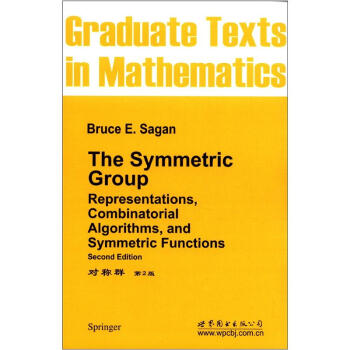
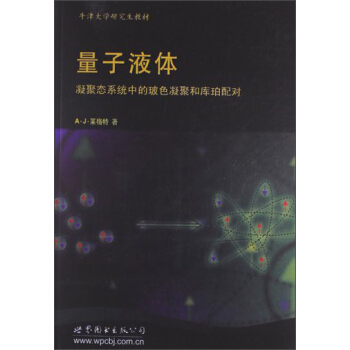
![经典数学丛书(影印版):多元微积分教程 [A Course in Multivariable Calculus and Analysis] pdf epub mobi 电子书 下载](https://pic.windowsfront.com/11551553/5438761dNe141b59b.jpg)
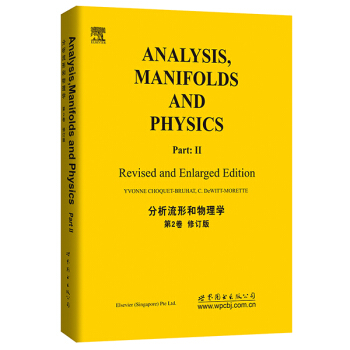
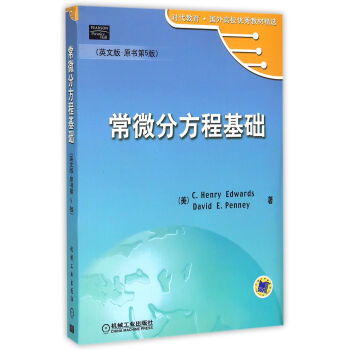
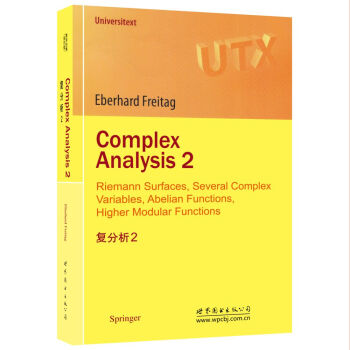

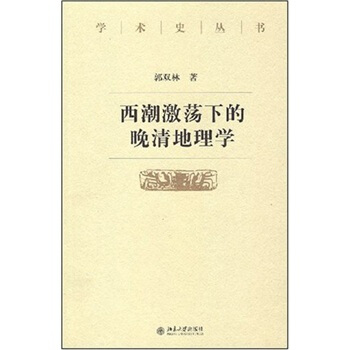
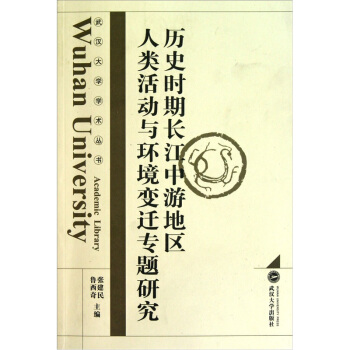
![代数曲面和全纯向量丛 [Algebraic Surfaces and Holomorphic Vector Bundle] pdf epub mobi 电子书 下载](https://pic.windowsfront.com/10888246/8372c0fa-6a7f-4165-894e-4c3a479e3047.jpg)
![普通高等教育“十一五”国家级规划教材:生物学概论 [Essential Biology] pdf epub mobi 电子书 下载](https://pic.windowsfront.com/10903763/5652a69fN1dc63464.jpg)
![Springer手册精选系列·晶体生长手册(第3册):熔液法晶体生长技术(影印版) [Springer Handbook of Crystal Growth] pdf epub mobi 电子书 下载](https://pic.windowsfront.com/11179562/rBEQWFE0c8oIAAAAAAcrQ3krxioAABcEgFTTOEABytb131.jpg)
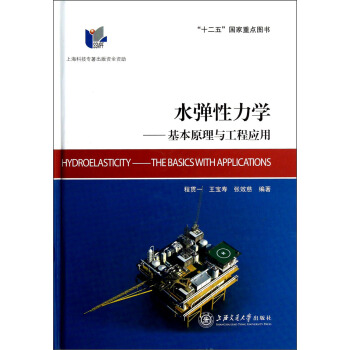
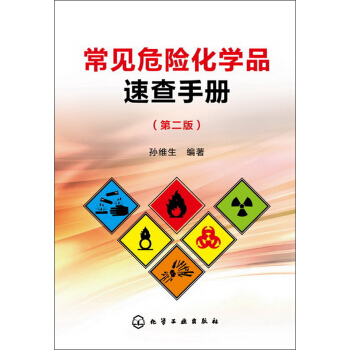
![中国人群环境暴露行为模式研究报告(成人卷) [Report of Environmental Expusure Related Activity Patterns Research of Chinese Population] pdf epub mobi 电子书 下载](https://pic.windowsfront.com/11442720/rBEQYVNPMrIIAAAAAADauuaWi_IAAEk8QFSzYMAANrS109.jpg)
![复分析(第2版) [Complex Analysis(Second Edition)] pdf epub mobi 电子书 下载](https://pic.windowsfront.com/11582550/54744a76Nb38633f3.jpg)


![先进制造理论研究与工程技术系列:误差理论与数据处理 [Error Theory and Data Processing] pdf epub mobi 电子书 下载](https://pic.windowsfront.com/11644362/54ddcf2dN13faf7fa.jpg)
